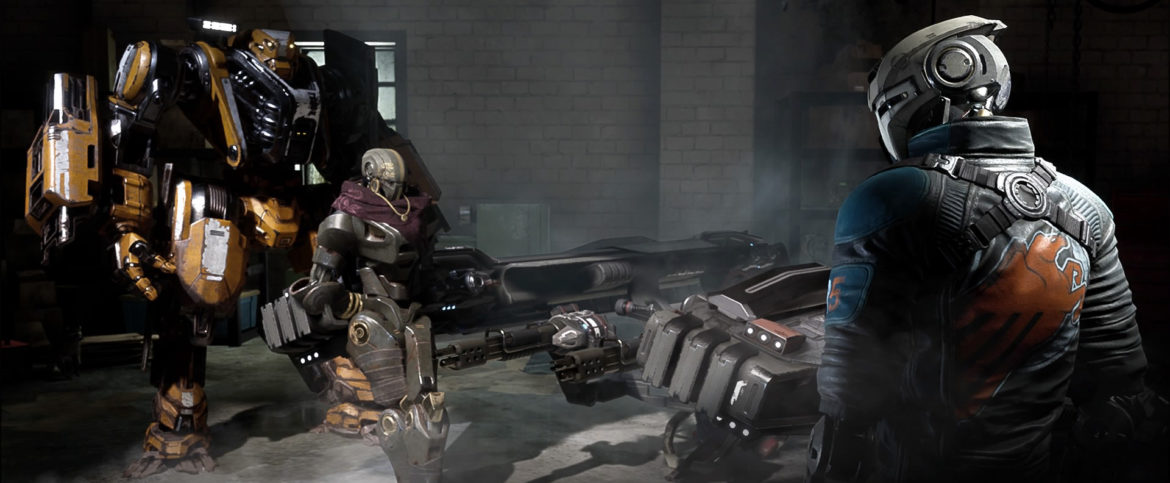TL;DR
Disintegration dives deep into uploading consciousness into robots, setting the stage for an epic sci-fi adventure with stunning visuals and voice acting that rivals animated films. You pilot a customizable hovercraft, commanding a squad to execute strategies. While the concept is ambitious, the gameplay loop can get repetitive, and your limited mobility within the hovercraft restricts true exploration, feeling a bit dated compared to modern titles. If you're craving a rich narrative and impressive art direction in a perilous world, this might be for you, but the lack of player agency could be a dealbreaker. Discover if this unique blend of FPS and strategy is worth your time by reading the full review!
The concept of uploading human consciousness to a robotic body raises profound questions about identity and the essence of humanity. In Disintegration, this concept is explored within a richly detailed and perilous world.
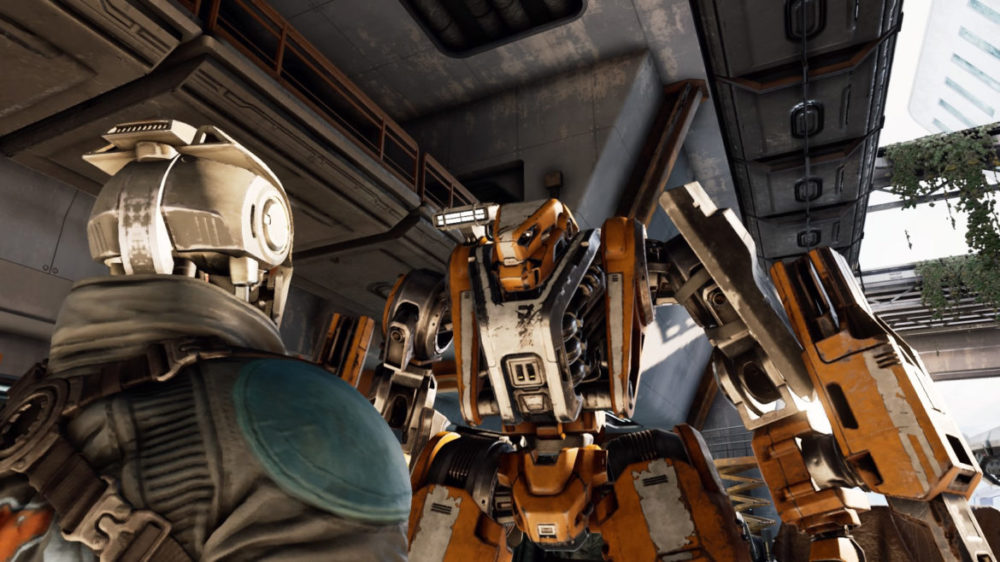
Disintegration presents a visually striking action experience. The opening cut-scene immediately establishes a high level of production quality, supported by strong voice acting that evokes the feel of an animated film. While the training course may be familiar to those who participated in the beta test several months prior, the final version of Disintegration warrants a fresh evaluation.
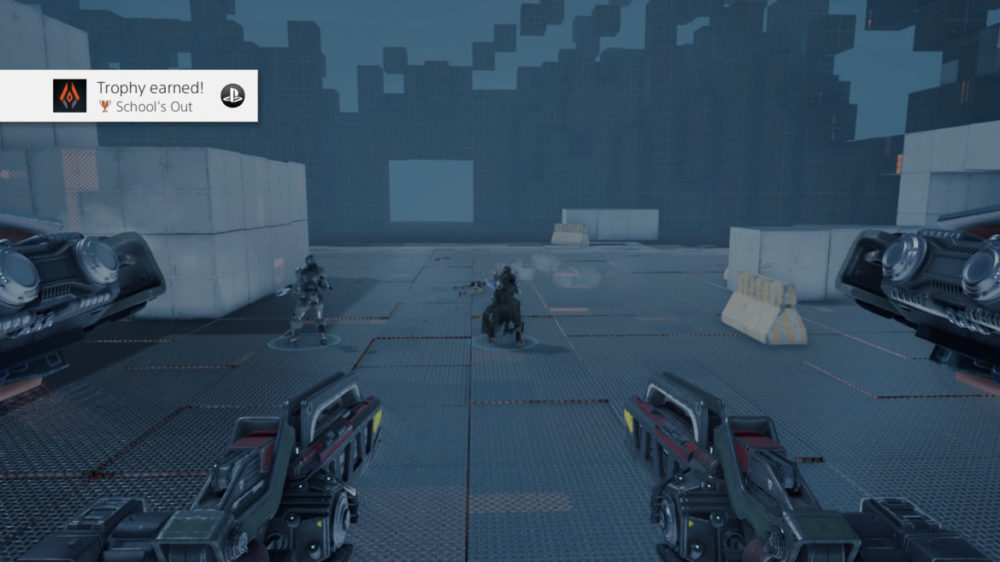
The core gameplay involves piloting a hovercraft, accompanied by a squad of units that can be directed to perform specific actions. However, this mechanic can become repetitive, and the initial sense of freedom is somewhat constrained by the player’s constant confinement within the hovercraft. Interactions with the environment are limited, requiring the player to delegate even simple tasks to ground units. The restricted movement outside of missions, confined to a small area at the base, evokes a sense of limited agency reminiscent of titles like Wing Commander III.
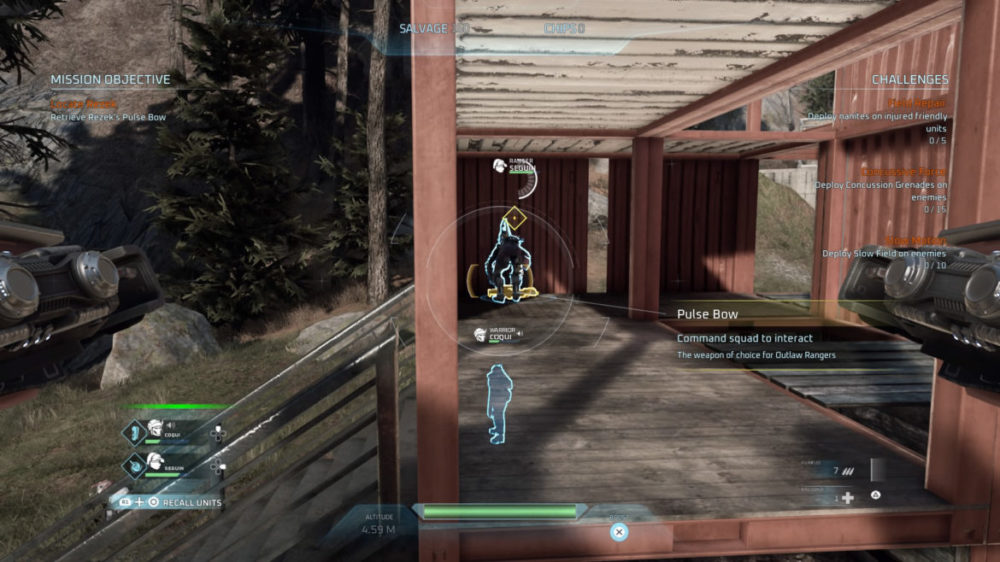
Given the established precedent of seamless transitions between vehicular combat and on-foot exploration in games such as Halo (a franchise with which one of Disintegration’s founders was involved) and GTA, the restricted movement feels somewhat anachronistic. The ability to dismount and traverse the environment on foot would have significantly enhanced the gameplay experience. While the intention appears to be a fusion of FPS and strategy elements, the execution, unfortunately, leans towards frustration.
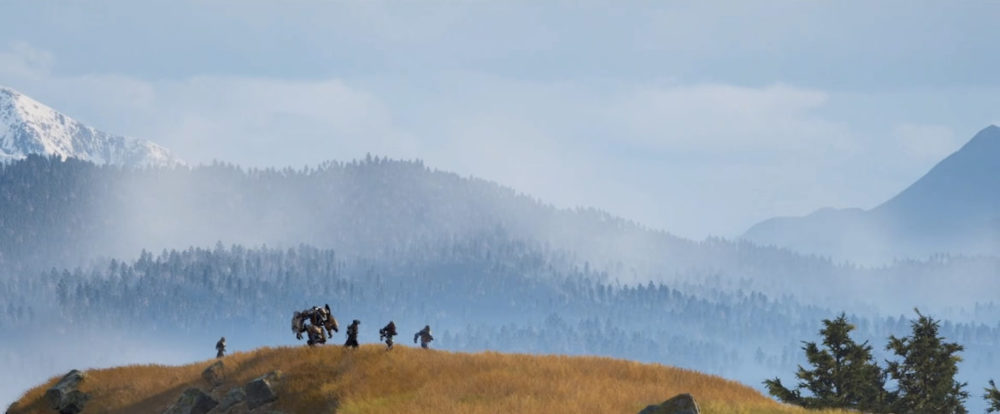
In conclusion, despite some criticisms, Disintegration offers a compelling narrative within a visually impressive world. However, the gameplay limitations prevent it from achieving a higher recommendation, as modern titles often demand greater player agency and freedom.
